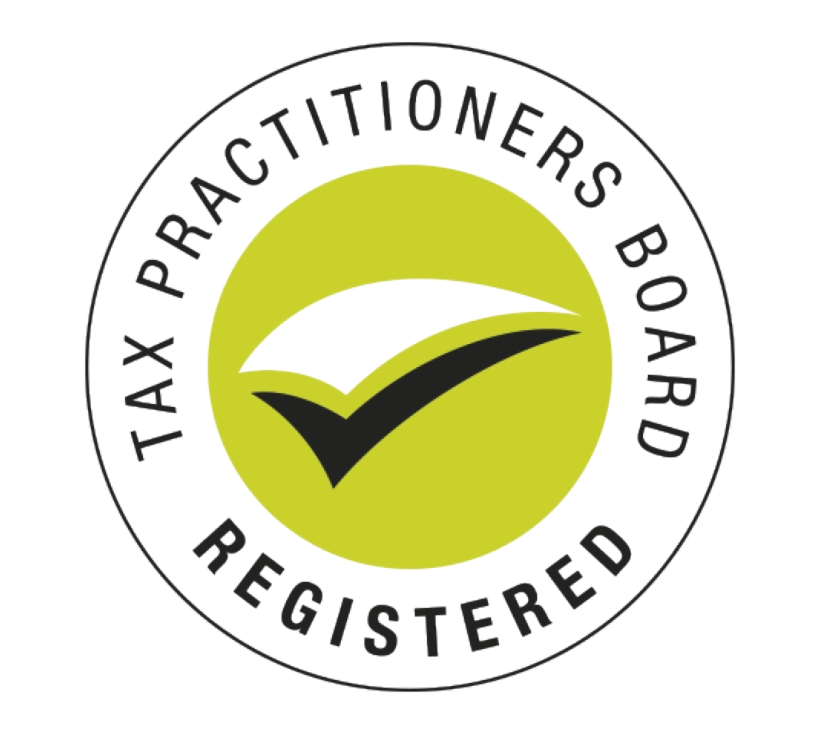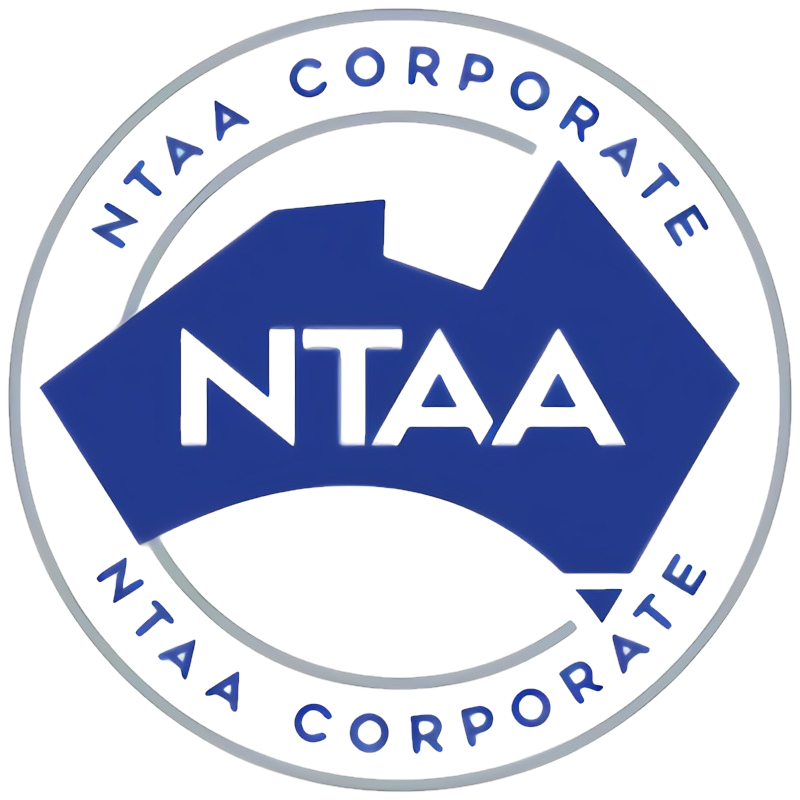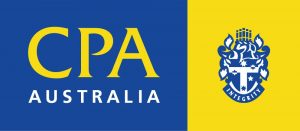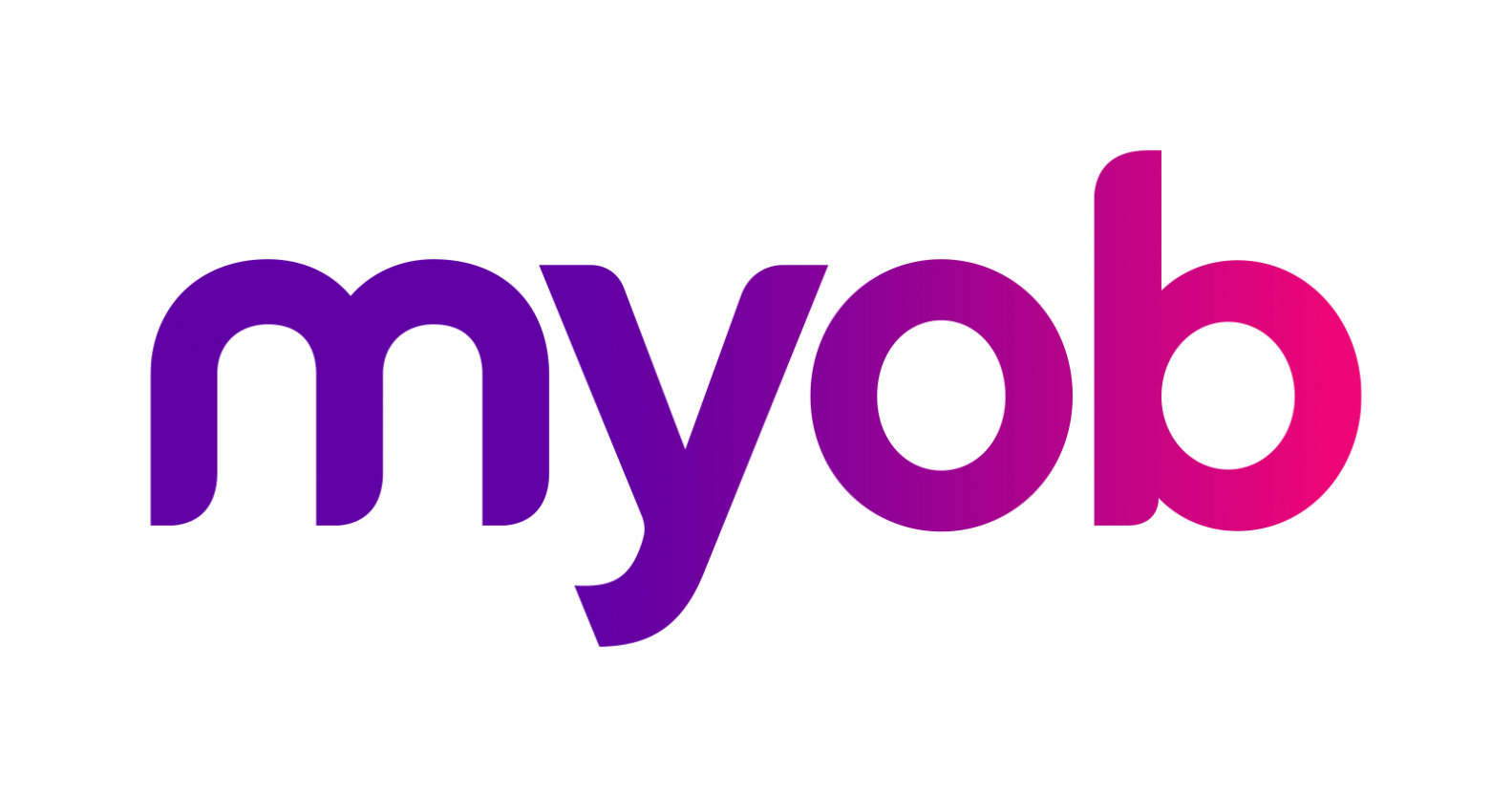1. What are PAYG Instalments for SMSFs?
Pay – as – you – go (PAYG) instalments for SMSFs are a system that requires fund trustees to make regular prepayments towards the expected tax liability on the fund’s business and investment income during the income year. The actual tax liability is determined at the end of the income year when the annual income tax return is assessed. The PAYG instalments paid throughout the year are then credited against this assessment to figure out if more tax is owed or if a refund is due.
2. Who is Required to Pay PAYG Instalments?
The ATO will contact entities and individuals (in this case, SMSF trustees) who are required to pay PAYG instalments. This is typically based on information from the last assessed income tax return. SMSFs that generate business and investment income are generally subject to PAYG instalment requirements. However, SMSFs are not required to pay PAYG in their first year. At the end of the first year, they will be required to pay one annual tax bill (or receive a refund) as part of their annual return. When the first – year tax return is lodged, the SMSF enters the PAYG system, and subsequent PAYG instalments are based on the preceding year’s tax bill.
3. How are PAYG Instalments Calculated?
- ATO – Calculated Amount: Some entities and individuals have their instalment amounts calculated by the ATO. The ATO uses the information from the last assessed income tax return. For the 2024 – 25 income year, if you’re a PAYG instalment amount payer, your instalments have been increased by the gross domestic product (GDP) adjustment factor, which is 6% for this income year.
- Self – Calculated Amount: Most companies, including SMSFs in some cases, can work out their own instalment amount. This is done by multiplying their instalment rate (determined by the ATO based on previous tax returns) by their business and investment income. The advantage of self – calculating is that instalments are based on current – year income as it is earned, rather than a projection based on the previous tax situation.
4. Payment Frequencies
- Quarterly Payments: Generally, PAYG instalments are paid quarterly. Each quarter, the ATO will send an activity statement. The due date for lodging this and paying any amounts due will be printed on the statement. For example, the payment due dates for PAYG instalments are generally 28 days after the end of each quarter (e.g., the September quarter instalment is due for payment before 28th October).
- Two – Instalment Option: Some primary and special professionals (e.g., sports professionals and authors) may have a 2 – instalment option. The due dates and details are also provided on the relevant activity statements.
- Annual Instalment Option: In certain situations, SMSFs may be eligible to pay an annual instalment. The self – managed super funds’ latest notional tax assessment should be estimated to amount to less than $8,000. Trustees of the fund may contact the tax office directly to change the PAYG to an annual basis.
5. Varying PAYG Instalments
SMSF trustees who believe their PAYG instalments will result in paying too little or too much tax may vary their instalments.
- When to Vary: You must make variations on or before the day your instalment payment is due. Your varied amount will apply for all your remaining instalments unless you make another variation before the end of the financial year.
- How to Calculate the Varied Amount: Use the PAYG instalment calculator provided by the ATO to help you work out your new instalment amount or rate.
- Process of Variation: Variations can be lodged through myGov, online services for business, or a registered tax or BAS agent. On the activity statement, to vary the SMSF PAYG instalment, you need to complete the following:
- T8 – Enter the estimated tax for the year. If it’s nil, enter 0.
- T9 – Enter the varied instalment amount for the quarter. If it’s nil, enter 0.
- T4 – Use the variation reason code (for example, reason code 23 – significant change in trading conditions).
- 5a – If you’re filling in a paper form, enter the amount from T9.
If SMSF trustees have been impacted by certain events like floods, they may vary their PAYG instalments and claim a credit for previous instalments paid in the same financial year. This credit is claimed at label 5b on the business activity statement.
6. Consequences of Non – Compliance
- Lodgment of SMSF Annual Return: If your SMSF has assets as of 30 June 2024, you need to lodge an SMSF annual return (SAR) for the 2023 – 24 financial year. The SAR is more than a tax return; it is required to report super regulatory information, member contributions, and pay the SMSF supervisory levy. The due dates vary:
- Newly registered SMSFs and SMSFs with overdue SARs for prior financial years (excluding deferrals) should have lodged by 31 October 2024.
- All other self – preparing SMSFs (unless the ATO asked you to lodge on a different date) need to lodge their SAR by 28 February 2025.
- If your SAR is lodged through a tax agent, they’ll provide the due date for lodgment (generally 15 May or 6 June 2025).
- If your SAR is more than two weeks overdue and you haven’t contacted the ATO, the ATO will change the status of the SMSF on super fund lookup to’regulation details removed’. This status will remain until any overdue lodgments are brought up to date. If an SMSF has a status of ‘regulation details removed’, APRA funds will not be able to roll over member benefits, and employers will not be able to make any super guarantee payments to the fund’s members.
- PAYG Instalment Non – Compliance: Significantly underestimating an SMSF’s PAYG payments could lead to a large lump – sum payment for the year or even potential financial penalties. The ATO discourages changes for those who are unsure about the impact of changes to their SMSF’s financial situation, as any overpaid instalments will be refunded to the SMSF after the tax return is lodged.
Ref: ATO website
Please contact Wiselink Accountants if you require further information









